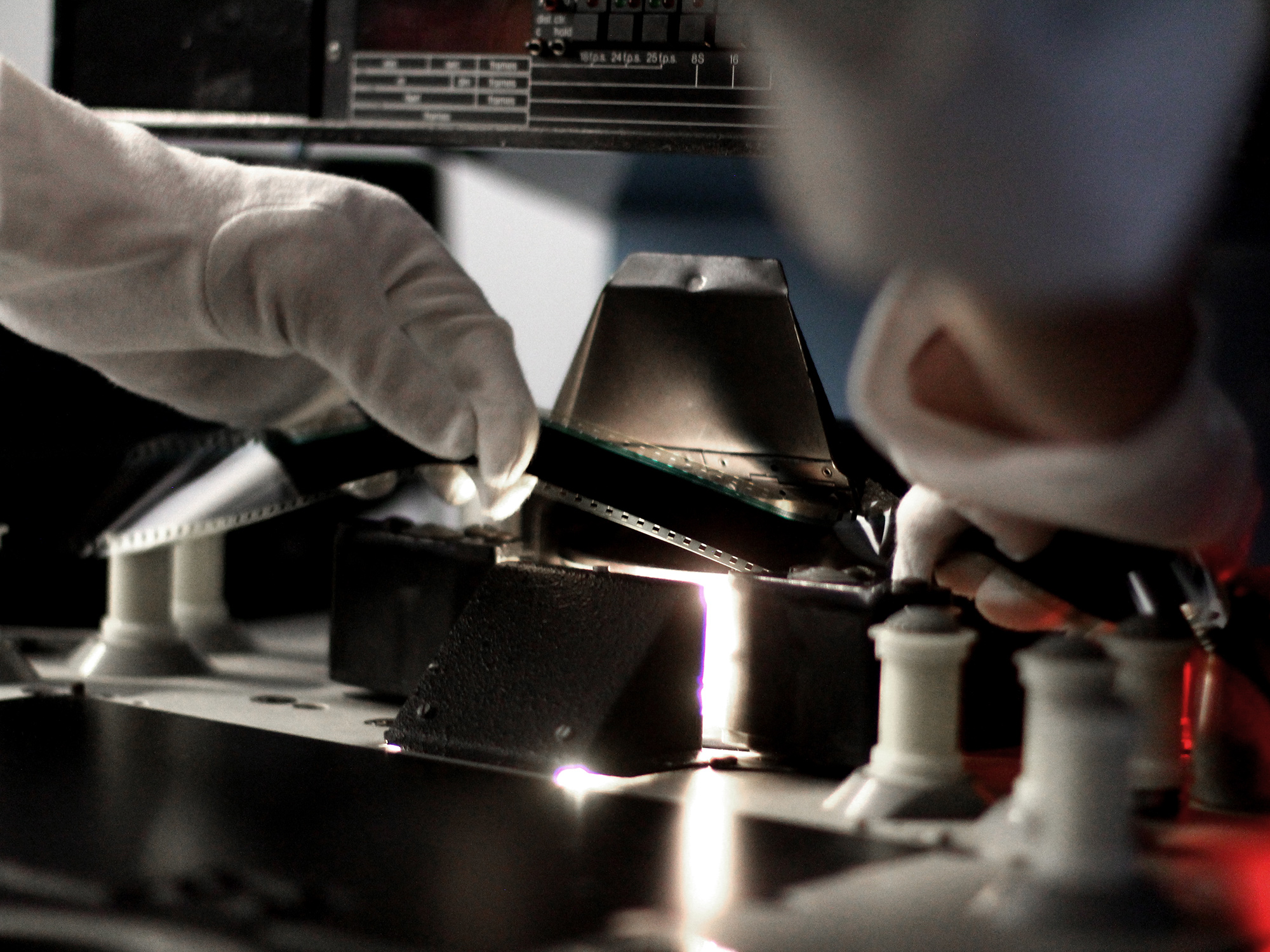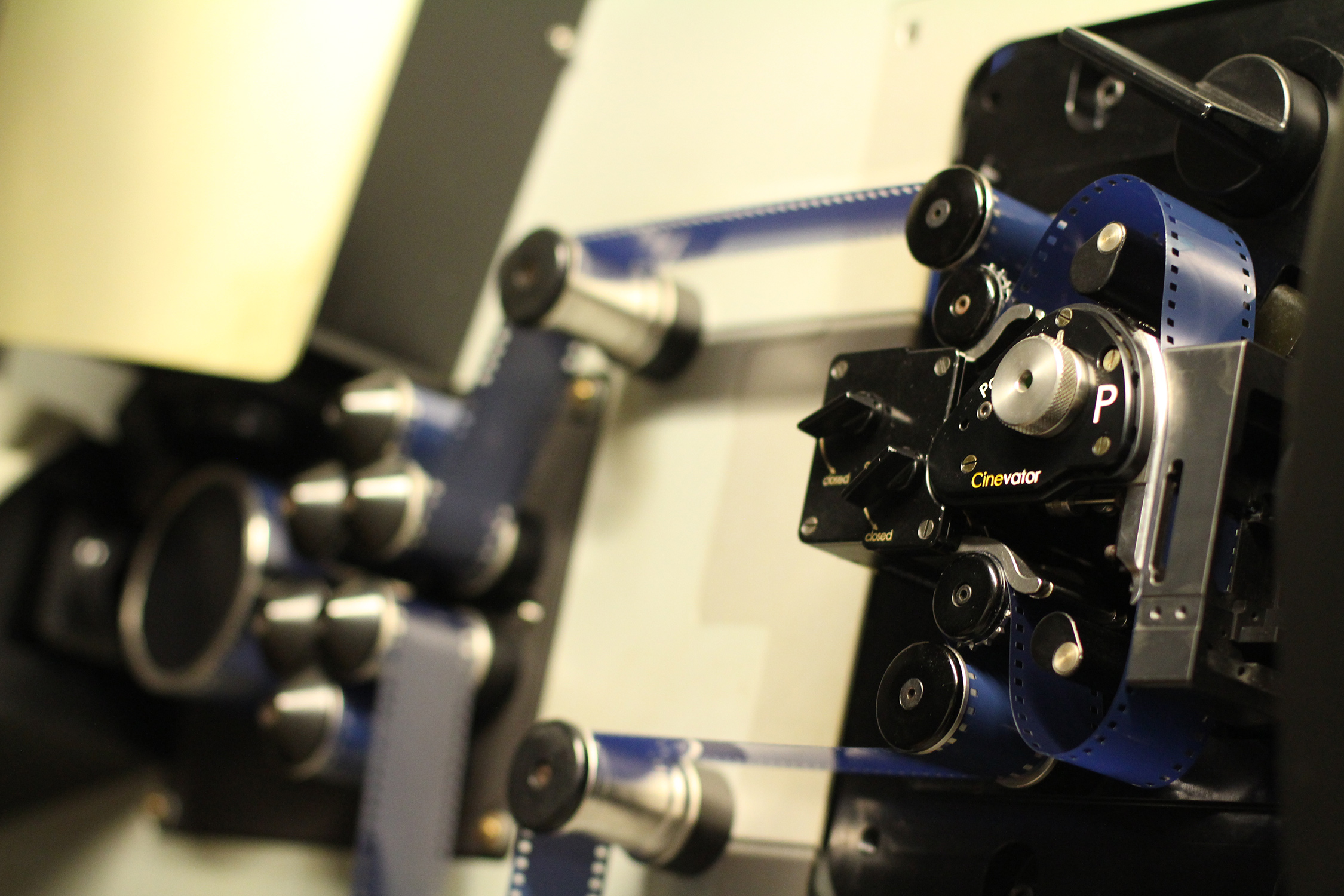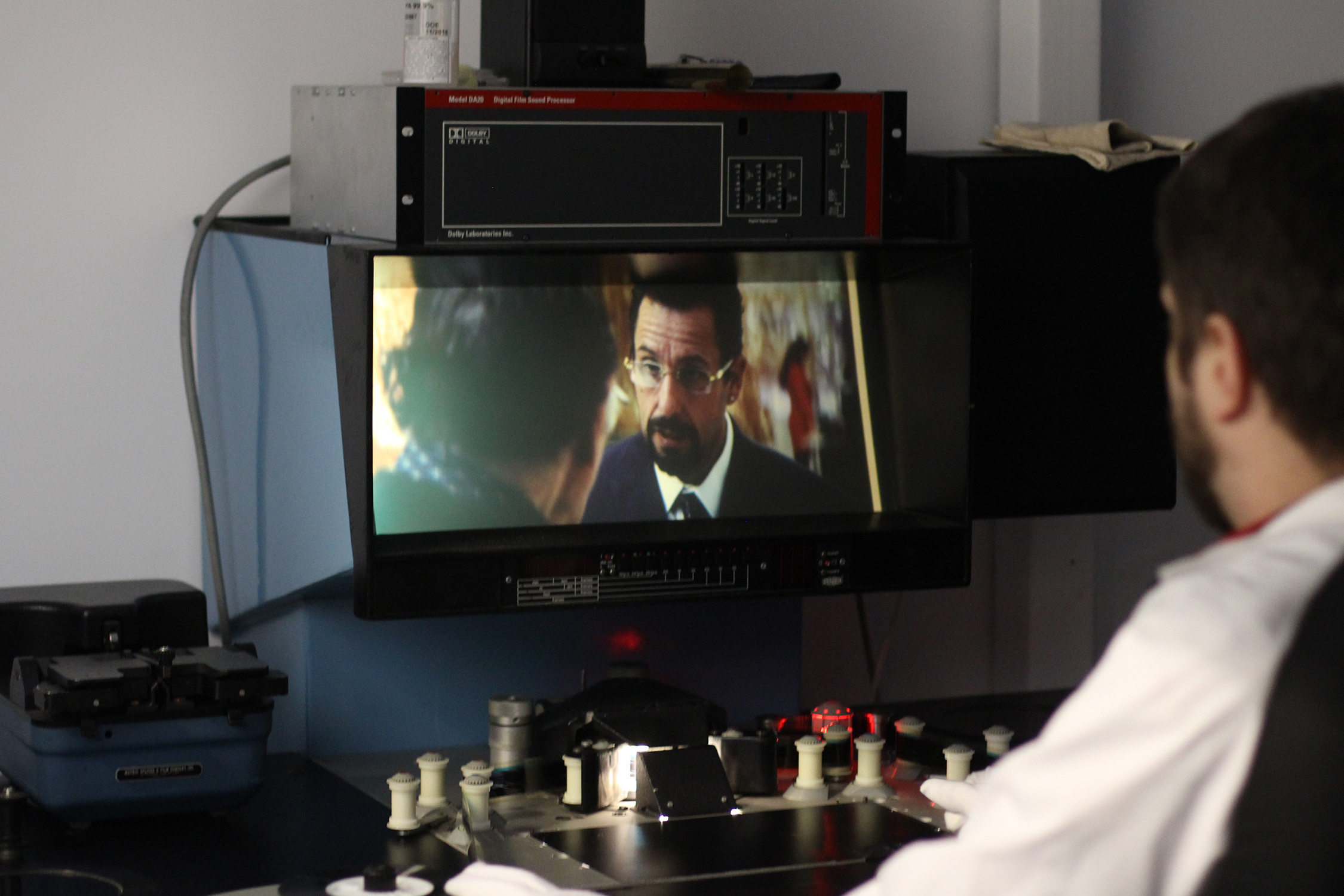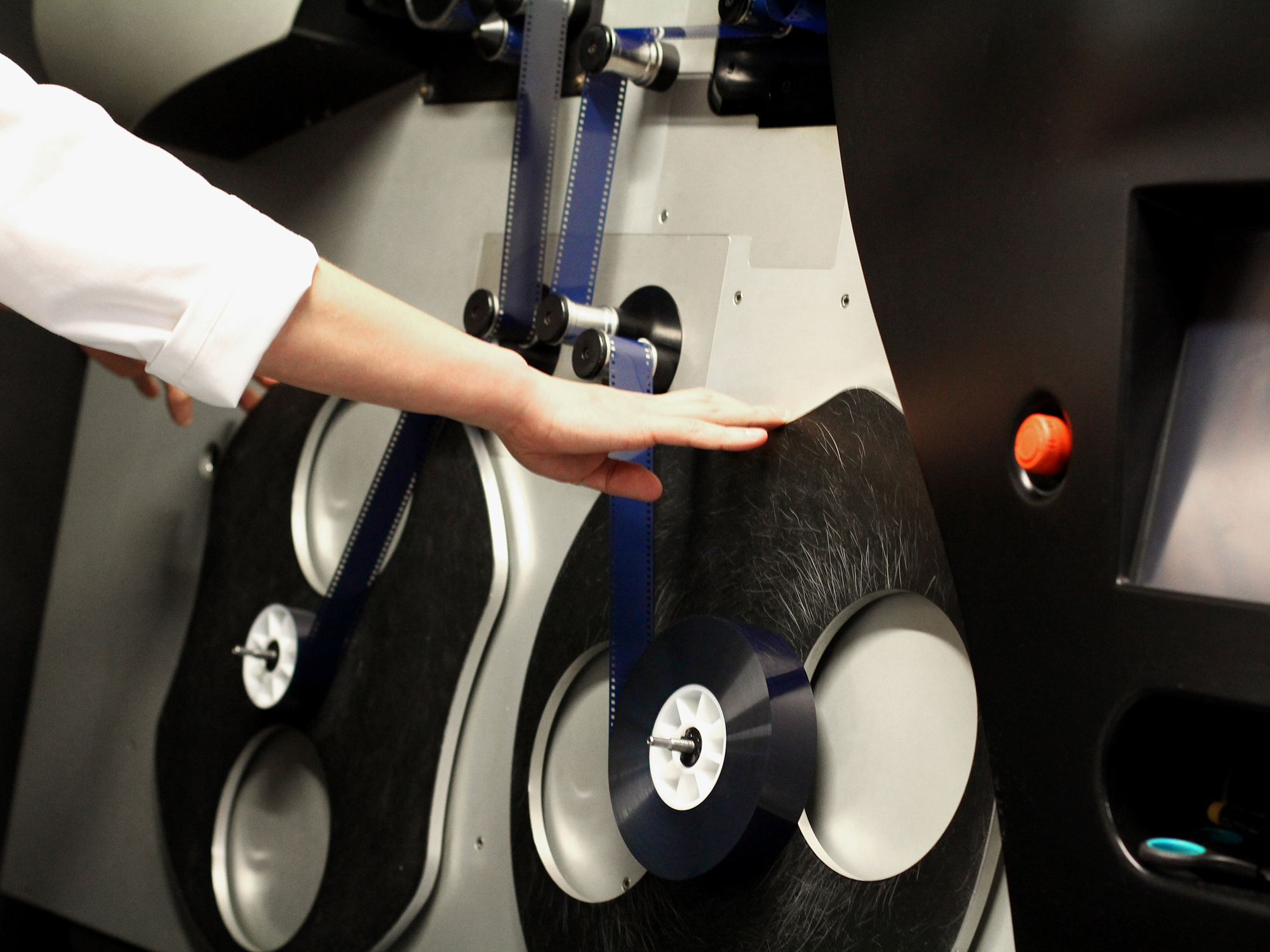
Many dedicated cinephiles will tell you that nothing compares to the thrill of watching a film projected from 35mm. From the flicker and grain to the occasional mishaps involving a projector jam, the analogue film experience has been something of a dying art thanks to the advent of digital, which began in the mid-noughties and has continued at a rapid pace ever since.
Nowadays most cinemas do without a projector, or indeed a projectionist, as the rising cost and fiddly nature of maintaining a print presence have become unsustainable. Yet plenty of filmmakers such as Christopher Nolan, Quentin Tarantino and the Safdie brothers still ardently shoot their projects on physical stock, and the format has seen a revival similar to the vinyl boom, with fans flocking to new and repertory 35 and 70mm screenings around the world. Despite the downturn, there’s an undeniable market for celluloid.
Unfortunately, the process of creating prints from original negatives (or even shipping existing prints around the world) is a costly one – but one small company has an innovative solution. Nestled roughly 40 miles away from the hustle and bustle of London on a quiet industrial estate in Aylesford, Kent, CPC London is a small team with big ambitions and some incredible technology at their fingertips.

Established in 2014 by Chris Lane, CPC London are the only lab in the world that solely specialises in digital-to-35mm printing, and their agility when it comes to timeframes puts them at a real advantage in the unpredictable world of film. Using two extremely rare film recorder units, they are able to transform raw data into a brand new 35mm print, complete with soundtrack and subtitles as required (even in 3D).
For a 90-minute film, the process from receiving the raw data file to completing printing can take as little as four hours – a massive reduction on the time it takes to develop a new print from a negative. It’s not just about the lucrative turnaround time though; Lane says that producing a 35mm print in this manner also reduces the cost by up to 90 per cent. “We keep our margins very tight as we are committed to getting 35mm back in cinemas,” he explains.
Amid the digital monopoly, there are a handful of cinemas for whom print is still the preferred way of showing titles, particularly community-run and independent screens. The exorbitant cost of renting prints from archives (particularly those abroad) is often severely limiting, but in theory, the lower cost and quick turnaround offered by CPC London opens up new opportunities.
In 2018 the company provided the print for the Venice Film Festival premiere of Brady Corbet’s Vox Lux, and printed Mark Jenkin’s Cornish smash hit Bait at their lab. The Safdie Brothers are repeat customers, having ordered nine 35mm prints of Uncut Gems, which played in theatres across the United States as well as at the Prince Charles Cinema in London.

The transfer process is fairly straight forward. Take the recently-produced prints of Uncut Gems as an example: the film was shot by Darius Khondji on 35mm film, scanned to create a digital intermediate, and then printed back on to positive 35mm film for digital projection. One of these prints showed in a special engagement at Quentin Tarantino’s New Beverly Cinema in Los Angeles, where every film programmed plays from a print, be it 35, 70 or 16mm.
In London, the Prince Charles has weekly print screenings, ranging from Hitchcock to Nicolas Roeg. Seeing a title on film not only enables audiences to see it as the director intended, but as Lane explains, there’s a cosmetic upside too: “Print film has an inherent grain structure due to its organic composition, and that recreates images in a way that the human eye is more used to seeing.”
There’s also a tactile quality to film prints: every scratch and flicker is an indication of the amount of craft that has gone into bringing a story to the screen. Their organic composition renders 35mm prints as a living thing, prone to degradation over time. You can see history when you’re watching a print on-screen, and visiting the CPC London lab really highlighted this, as we saw freshly-printed film zoom from the darkroom through large baths of development chemicals, before drying off and spooling into completed reels. These are then checked by technicians using trusty Steenbeck flatbed editors for any picture and audio defects, before being packaged into canisters ready for dispatch.

It’s a fascinating and strangely satisfying process to behold in an age where so many titles are available at our fingertips with little to no evidence of the time, money and resources invested in their production. But CPC London is keen to celebrate the artistry of film, while changing perceptions of it as an expensive, outdated format. Beyond print-as-prestige, CPC London’s work opens the format up to filmmakers working on tight budgets who might otherwise be limited to digital.
Of course, the big challenge now is bringing 35mm back to more theatres, who have largely done away with analogue equipment. But for film enthusiasts both behind the camera and in the audience, the future looks promising, and CPC London are happy to be leading the way.
The post Inside the company transferring digital film onto 35mm appeared first on Little White Lies.
![Forest Essentials [CPV] WW](https://s3-us-west-2.amazonaws.com/pcw-uploads/logos/forest-essentials-promo-codes-coupons.png)
0 comments